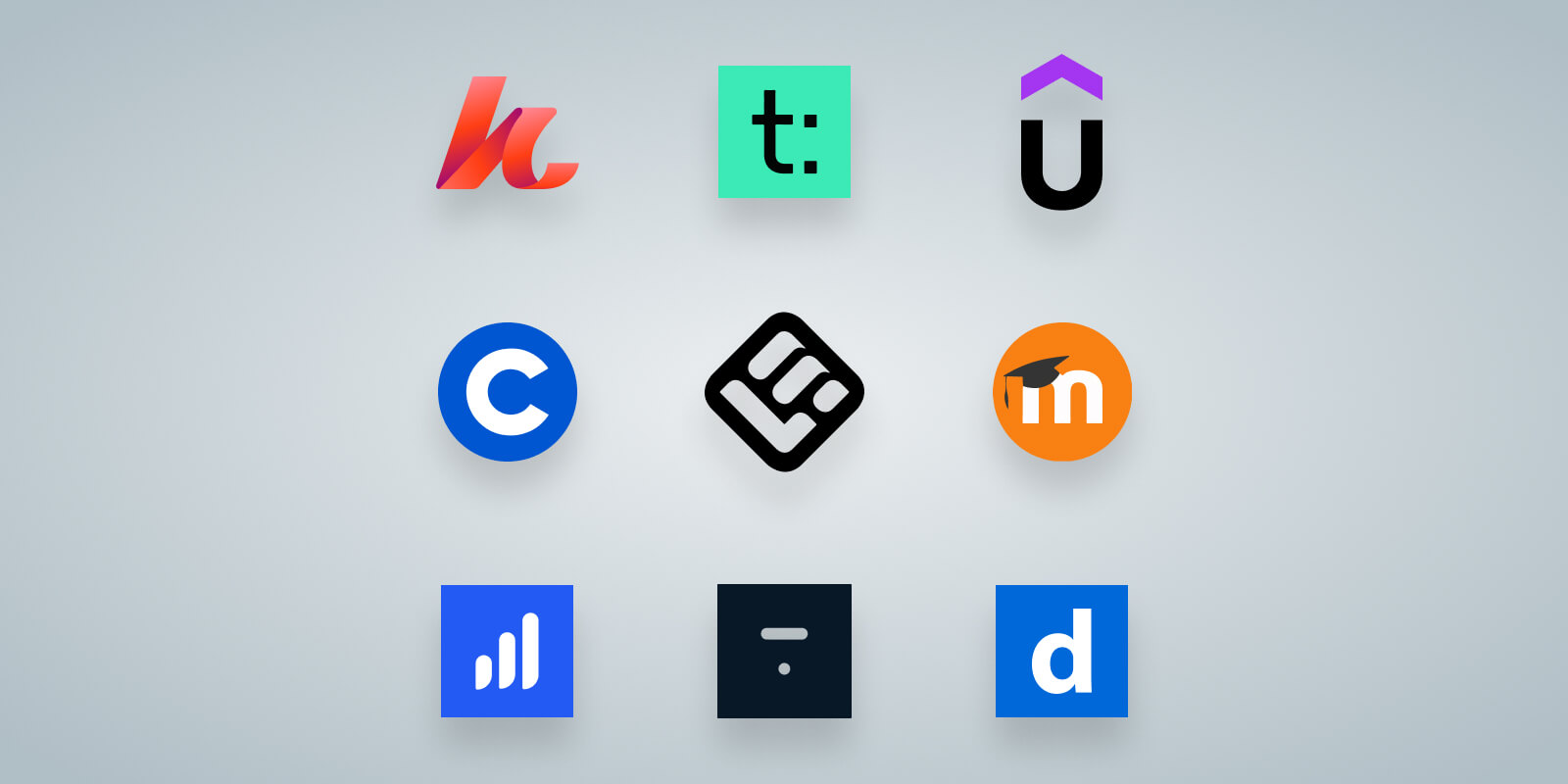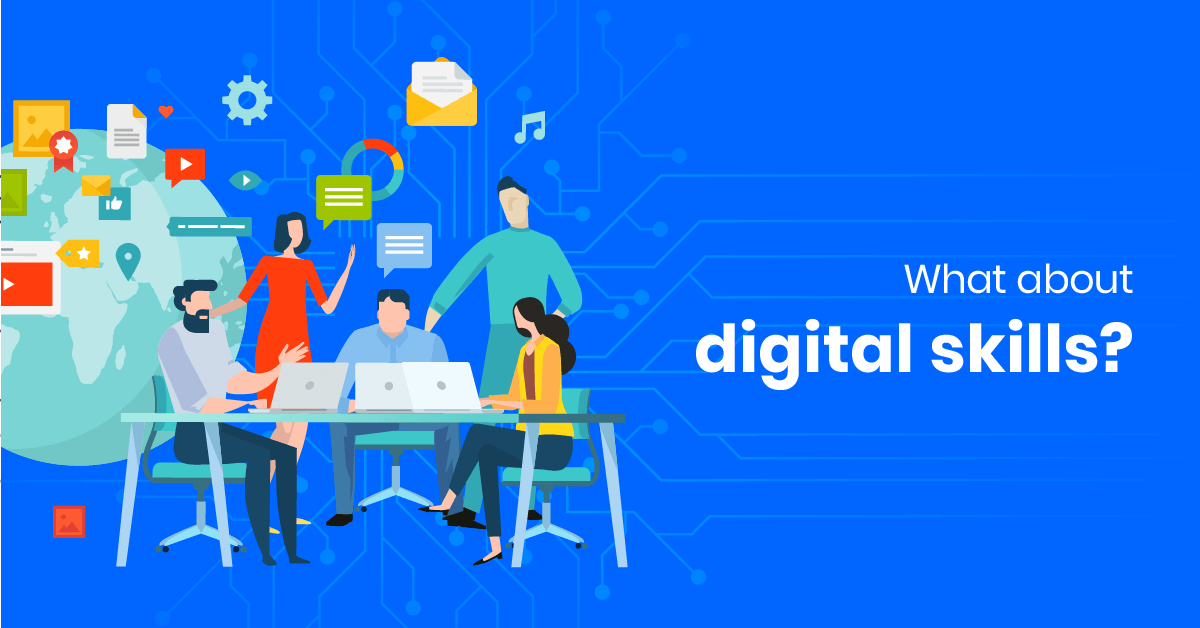Introduction
Data Science has become one of the most transformative and in-demand fields of the 21st century. From powering recommendation systems to detecting fraud and enabling self-driving cars, data science is shaping how we understand and interact with the world. At the core of many of these innovations lies Python—an accessible, powerful, and flexible programming language that has become the backbone of modern data science.
This article provides a comprehensive overview of how Python is used in data science, the essential tools and libraries, practical applications, and how to get started on your journey toward becoming a data scientist.
Why Python for Data Science?
Python is favored for its simplicity, versatility, vast ecosystem of data libraries, and strong community support. It allows data scientists to prototype, analyze, and deploy models efficiently across a wide range of applications.
What is Data Science?
Data Science is an interdisciplinary field that combines statistics, mathematics, programming, and domain knowledge to extract insights and value from data. The typical data science process involves:
- Data Collection
- Data Cleaning and Preparation
- Exploratory Data Analysis (EDA)
- Model Building and Evaluation
- Data Visualization
- Deployment and Monitoring
Core Python Libraries for Data Science
Python's ecosystem provides robust libraries that support each stage of the data science lifecycle:
1. NumPy
Supports numerical computing with arrays, vectors, and matrices. It’s foundational for mathematical operations and matrix manipulation.
2. Pandas
Offers high-performance data structures like DataFrames for easy data manipulation and analysis.
3. Matplotlib & Seaborn
Used for data visualization. While Matplotlib allows custom plots, Seaborn offers aesthetically pleasing statistical graphs.
4. Scikit-learn
A key machine learning library with tools for classification, regression, clustering, and dimensionality reduction.
5. SciPy
Builds on NumPy and is used for scientific computing, including optimization and signal processing.
6. TensorFlow & PyTorch
Libraries for building deep learning models, widely used in advanced AI applications like image and speech recognition.
Data Collection and Cleaning with Python
Before analysis, data must be collected from sources such as databases, APIs, web scraping, or CSV files. Python libraries make this simple:
- Requests: For HTTP requests and API consumption
- BeautifulSoup & Scrapy: For web scraping and parsing HTML
- SQLAlchemy: For database queries and ORM
After collection, data often contains missing values, duplicates, or incorrect formats. Pandas offers methods like dropna(), fillna(), and astype() to clean datasets effectively.
Exploratory Data Analysis (EDA)
EDA involves summarizing main characteristics of data, often with visual methods. Python makes this intuitive:
- describe(), info(), value_counts() in Pandas for quick insights
- Boxplots, histograms, scatter plots via Matplotlib and Seaborn
- Correlation heatmaps for identifying feature relationships
Building Machine Learning Models
Machine learning enables predictive analytics and pattern recognition. Python's Scikit-learn supports the full model development pipeline:
- Train-test split: Using
train_test_split() - Model selection: LinearRegression, RandomForest, SVM, KNN, etc.
- Training:
model.fit() - Evaluation: Accuracy, precision, recall, F1-score, confusion matrix
Example:
from sklearn.model_selection import train_test_split
from sklearn.linear_model import LogisticRegression
from sklearn.metrics import accuracy_score
X_train, X_test, y_train, y_test = train_test_split(X, y, test_size=0.2)
model = LogisticRegression()
model.fit(X_train, y_train)
predictions = model.predict(X_test)
print(accuracy_score(y_test, predictions))
Data Visualization
Visualizing results helps communicate insights. Python enables:
- Line charts and bar graphs: via Matplotlib
- Statistical plots: with Seaborn (e.g.,
sns.pairplot()) - Interactive dashboards: using Plotly or Dash
Real-World Applications of Data Science with Python
1. Healthcare
- Disease prediction models
- Medical image classification (e.g., cancer detection)
- Predicting patient readmissions
2. Finance
- Algorithmic trading strategies
- Fraud detection using classification models
- Customer segmentation for personalized marketing
3. E-commerce
- Recommendation engines using collaborative filtering
- Sales forecasting with time series analysis
- Sentiment analysis of customer reviews
4. Transportation
- Route optimization using clustering
- Predictive maintenance of vehicles
- Traffic flow prediction
Getting Started with Python for Data Science
New to the field? Here are steps to build your skills:
- Learn Python Basics: Data types, functions, loops, and classes
- Master Pandas and NumPy: Practice with sample datasets
- Explore Visualizations: Use Matplotlib and Seaborn to create plots
- Learn Machine Learning: Start with Scikit-learn and build basic models
- Work on Projects: Kaggle competitions, public datasets, or personal ideas
Career Opportunities
Python-powered data science careers include:
- Data Analyst
- Machine Learning Engineer
- Data Engineer
- Business Intelligence Developer
- AI Researcher
Top companies hiring include Google, Amazon, Netflix, Microsoft, Meta, and startups in every domain.
Conclusion
Data Science with Python is a gateway to solving some of the most complex problems in today’s digital world. With Python’s vast capabilities and accessible syntax, anyone can learn to analyze data, build models, and deliver powerful insights.
Whether you're entering the field, pivoting your career, or enhancing your current role with data-driven skills, Python offers the tools you need. Start small, stay curious, and keep building—your future in data science is just a line of code away.



